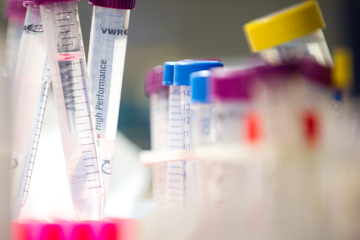PhD Studentship
Using non-invasive in vivo imaging to address the 3Rs in high-throughput mouse phenotyping

At a glance
Completed
Award date
September 2011 - September 2015
Grant amount
£120,000
Principal investigator
Dr Mark Lythgoe
Co-investigator(s)
- Professor Elizabeth Fisher
- Dr Sebastien Ourselin
- Dr Abraham Acevedo
Institute
University College London
R
- Reduction
Read the abstract
View the grant profile on GtR
